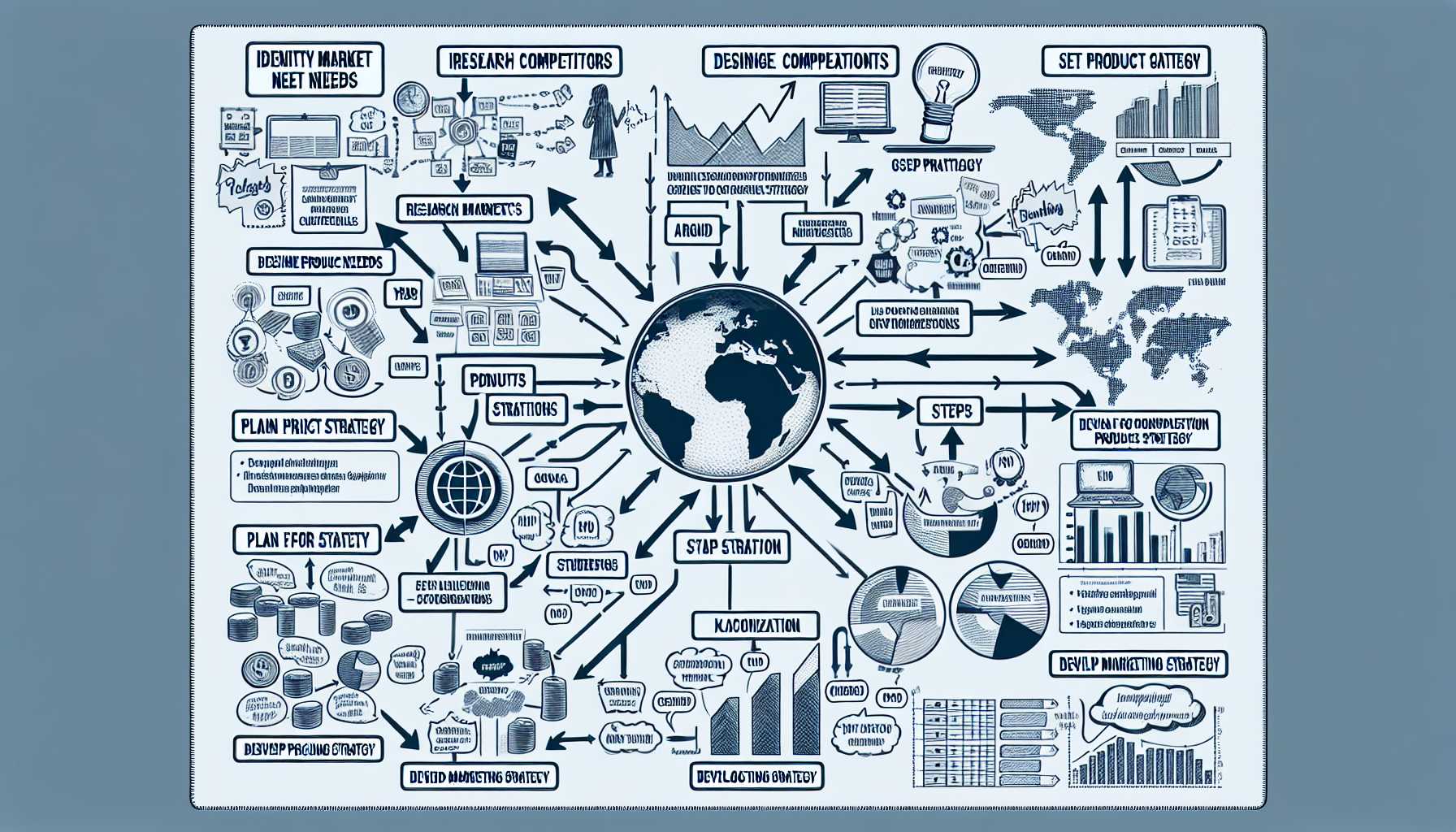
Introduction
As product leaders, globalization is a mountainous journey we must navigate with precision and foresight. It is a complex process fraught with challenges, yet equally strewn with opportunities for growth and innovation. Having embarked on several globalization initiatives in my career, I’ll share an account of the trials faced, strategies employed, and frameworks that have paved the way for successful product globalization.
Understanding the Challenges of Product Globalization
The challenges of taking a product global are manifold. They ranged from cultural nuances, legal compliances, and varied customer behaviors to complex logistic and support structures. Each of these requires thorough understanding and strategic foresight.
One vivid memory I have is the expansion of a popular productivity app into new Asian markets. Initially, we underestimated the impact of local language intricacies on our product’s user interface. This misstep resulted in a delayed launch and provided a stark lesson in the importance of local sensitivity and meticulous planning.
Strategies for Global Product Management
Strategy forms the backbone of successful product globalization. Crafting a strategy involves deep market analysis, careful planning, and the adaptability to pivot as situations evolve.
Market analysis is more than just metrics; it is also an understanding of cultural nuances and customer expectations. When we launched a fintech solution in Europe, the strategy encompassed a comprehensive study of the diverse financial regulations in the EU. We tailored our product to adhere to local laws, from GDPR to PSD2, ensuring compliance without compromising on the user experience.
Localization is a clear subset of globalization strategies. In my own practice, I have found that true localization goes beyond translation. It’s about adapting the product in ways that resonate with local users. For a healthcare app, this entailed integrating with local medical systems and terminology so that users found immediate relevance and utility in our product.
Glocalization: Balancing Global With Local
An essential concept in overcoming globalization challenges is ‘Glocalization’—a term used to describe thinking globally while acting locally. This means blending universal product value propositions with nuances tailored to local markets.
I recall one project where a one-size-fits-all approach backfired spectacularly. We were extending a B2B service platform across three continents, and soon realized each market had drastically different expectations regarding service level agreements (SLAs) and support. We pivoted to a glocalized approach, maintaining core platform functionality, while adapting the support and service structure to meet the local standards and customs, dramatically improving customer satisfaction scores.
Using Frameworks to Navigate Globalization
There are invaluable frameworks and tools that aid in tackling the challenge of product globalization. One such framework is the ‘International Product Lifecycle’, which I utilized to time the international expansions of an EdTech product. Understanding where our product was in its lifecycle influenced how we approached different markets—whether we were going to be a first mover, a fast-follower, or revitalizing an existing offering.
The ‘5 Cs of Globalization’—Company, Customers, Competitors, Collaborators, and Context—is another framework that guides the assessment of readiness and factors necessary for globalization. This framework shaped our entry into Latin American markets by helping us evaluate our own capabilities against the backdrop of local market dynamics.
Conclusion
Globalization is not a one-time event but an ongoing process that demands constant attention and iteration. From cultivating local partnerships and resources to understanding the impact of cultural sensitivities and regional regulations, a successful globalization strategy is a multifaceted and continuous endeavor.
Weaving together personal experiences with strategic frameworks has taught me that global expansion, while daunting, is eminently achievable with the right approach. Product leaders must embrace globalization’s complexity and view it as an opportunity to not just grow but also to innovate and refine their products into offerings that transcend borders.
